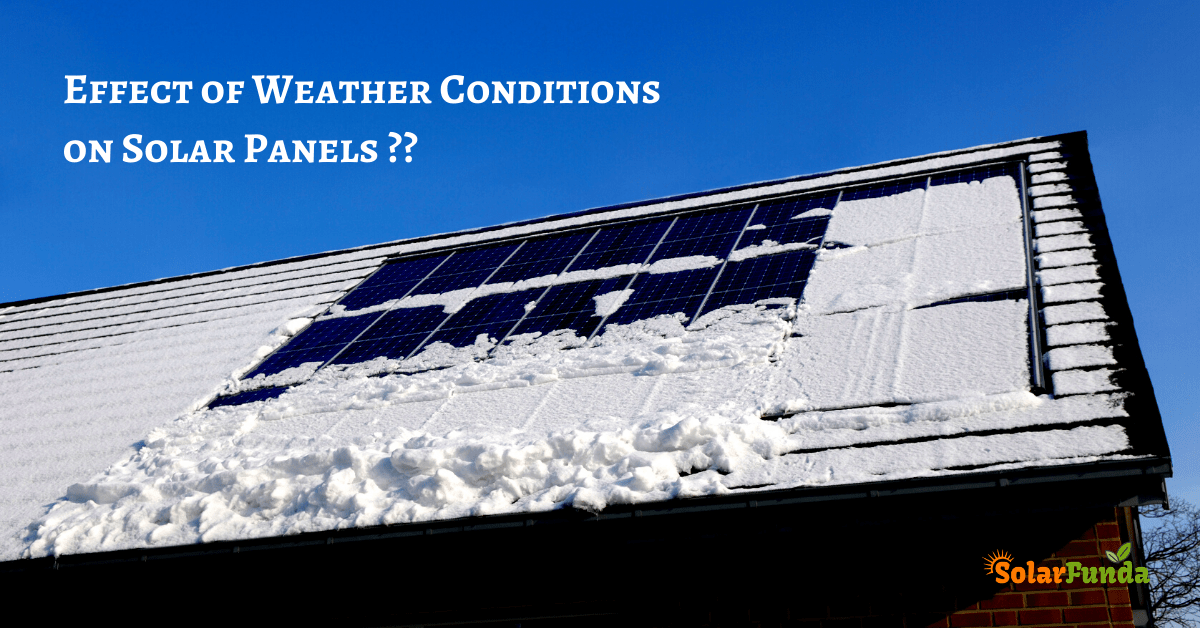
One of the most significant ways in which the Sun affects Earth is through its solar wind. This stream of charged particles, consisting mostly of protons and electrons, is constantly emitted by the Sun and travels through space at high speeds. When the solar wind reaches Earth, it interacts with our planet’s magnetic field, causing a variety of effects.
Solar Conditions and Earth’s Environment
The Sun’s Energy
The Sun is a massive source of energy, emitting vast amounts of heat and light. This energy is essential for sustaining life on Earth, as it provides warmth, drives weather patterns, and enables photosynthesis in plants.
Photosynthesis is the process by which plants convert sunlight into chemical energy, producing oxygen and carbohydrates. This process is the foundation of the Earth’s food chain, as it provides energy for all living organisms.
Weather Patterns are influenced by the Sun’s energy. The Sun’s heat drives the circulation of air and water in the atmosphere, creating winds, ocean currents, and weather systems. Changes in solar conditions can impact these patterns, leading to shifts in climate and weather extremes.
The Impact of Solar Energy
Solar energy not only sustains life on Earth but also has a significant impact on our planet’s environment. The Sun’s energy is responsible for the greenhouse effect, which keeps our planet warm enough to support life.
The Greenhouse Effect occurs when certain gases in the atmosphere trap heat from the Sun, preventing it from escaping back into space. This natural process helps regulate Earth’s temperature, making it habitable. However, human activities, such as burning fossil fuels, have increased the concentration of greenhouse gases, leading to global warming and climate change.
It is crucial to understand the Sun’s energy and its impact on Earth’s environment to address the challenges of climate change and ensure the sustainability of our planet.
The Sun’s Energy and Its Impact
The Sun is the ultimate source of energy for all life on Earth. Its energy is generated through nuclear fusion, where hydrogen atoms combine to form helium, releasing a tremendous amount of energy in the process. This energy is then radiated out into space in the form of sunlight.
The impact of the Sun’s energy on Earth is profound. It provides the heat and light necessary for the survival of plants and animals. Without the Sun, Earth would be a cold and lifeless planet.
Solar Radiation
One of the main ways the Sun’s energy reaches Earth is through solar radiation. Solar radiation consists of electromagnetic waves, including visible light, infrared radiation, and ultraviolet radiation. These waves travel through space and reach Earth’s atmosphere.
When solar radiation reaches Earth, it is absorbed, reflected, or scattered by the atmosphere, clouds, and the Earth’s surface. This interaction with the atmosphere and the Earth’s surface determines the distribution of heat and light on our planet.
Solar Flares and Their Effects on Earth
Solar flares are sudden eruptions of intense radiation from the Sun’s surface. These flares release a tremendous amount of energy, including X-rays and ultraviolet radiation. When solar flares occur, they can have a significant impact on Earth.
One of the main effects of solar flares is the disruption of satellite communications and power grids. The intense radiation emitted by solar flares can interfere with the electronics of satellites and cause power outages on Earth. This can have serious consequences for our modern society, as many essential services rely on satellite communications and electricity.
In addition to these effects, solar flares can also pose a risk to astronauts in space. The intense radiation from a solar flare can be harmful to human health and can increase the risk of cancer and other radiation-related illnesses.
Overall, solar flares are a fascinating yet potentially dangerous phenomenon. Scientists continue to study them to better understand their effects on Earth and to develop ways to protect our technology and ourselves from their impact.
Solar Flares and Their Effects on Earth
Solar flares are powerful bursts of radiation that are emitted from the Sun’s surface. These intense explosions release a tremendous amount of energy, including X-rays and ultraviolet radiation. When a solar flare occurs, it can have several effects on Earth.
1. Radio Blackouts
One of the immediate effects of a solar flare is the disruption of radio communications. The intense burst of radiation can interfere with radio signals, causing temporary blackouts. This can have significant impacts on communication systems, including satellite communication and GPS navigation.
2. Power Grid Disruptions

Solar flares can also cause disruptions in power grids. The intense energy released during a flare can induce electric currents in power lines, transformers, and other electrical infrastructure. These induced currents can overload the system and lead to power outages.
3. Auroras

4. Satellite Damage
The intense radiation from a solar flare can also damage satellites in orbit around the Earth. The high-energy particles can disrupt the electronics on board and cause malfunctions or even permanent damage. This can have significant impacts on communication, weather monitoring, and navigation systems that rely on satellites.
5. Health Risks
While the Earth’s atmosphere provides some protection from the harmful effects of solar flares, astronauts and people at high altitudes can be at risk. The intense radiation from a flare can increase the risk of radiation sickness and can also pose a threat to the electronics and systems on board spacecraft.
Solar Wind and Its Influence on Earth’s Magnetosphere
The interaction between the solar wind and the Earth’s magnetosphere has several important effects. Firstly, it can cause geomagnetic storms, which are disturbances in the Earth’s magnetic field. These storms can disrupt satellite communications, power grids, and navigation systems. They can also create beautiful auroras, or northern and southern lights, in the polar regions.
Secondly, the solar wind can compress the Earth’s magnetosphere, causing it to shrink in size. This can lead to the formation of a bow shock, which is a region of increased pressure and temperature in front of the magnetosphere. The bow shock acts as a barrier, protecting the Earth from the full force of the solar wind.

Over the years, I have amassed a wealth of experience and knowledge, which I eagerly share with fellow radio aficionados. Through my writing and active participation in the amateur radio community, I strive to inspire others and provide valuable insights into this fascinating hobby. Engaging in various radio activities, I continue to learn and grow, constantly amazed by the endless possibilities that radio communication offers.

